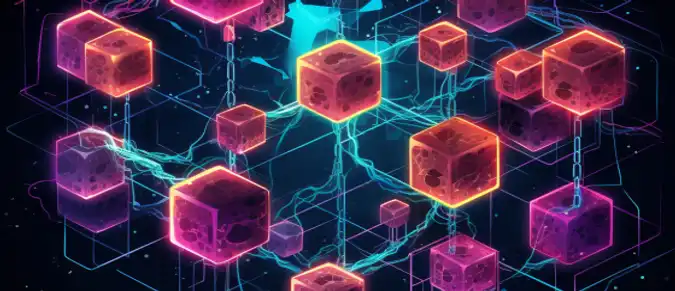With the development of blockchain technology and cryptocurrency markets, many innovative solutions and standards are emerging to enhance the functionality and uniqueness of digital assets. One such standard, ERC-721, has changed the way we interact with digital assets, providing new opportunities for creating, exchanging, and managing non-fungible tokens (NFTs).

What is ERC-721?
ERC-721 is an Ethereum Request for Comment (ERC) standard designed for creating and managing non-fungible tokens (NFTs) on the Ethereum blockchain. Non-fungibility is a key feature of this standard, meaning that each token created under ERC-721 is unique and non-interchangeable. This sets ERC-721 apart from the more common ERC-20 standard, where tokens can be fungible and have the same value.
History and Features of the Standard
The ERC-721 standard was proposed and developed in 2017 by Jeremy Rabinovich and Diana Zoshik as a response to the need for creating unique digital assets that could represent real-world assets such as:
- Art;
- Real estate;
- Collectibles, and much more.
ERC-721 became the first standard to enable the creation of such non-fungible tokens with individual histories and characteristics.
Features of the Ethereum Standard
| Feature | Description |
|---|---|
| Non-Fungibility | The primary feature of ERC-721 is the ability to create unique tokens. This makes it an ideal tool for representing and managing digital assets with unique value. |
| Individual Characteristics | Owners of ERC-721 tokens can add individual characteristics to each token. This can include information about their origin, ownership history, and many other parameters that make the tokens more valuable and interesting. |
| Standard Interface | ERC-721 defines a standard set of functions that must be implemented in a contract to comply with the standard. This facilitates the exchange and interaction of tokens from different developers. |
| Extensibility | The ERC-721 standard is extensible, allowing developers to create more complex and interesting use cases for their non-fungible tokens. |
Applications of ERC-721
ERC-721 has found broad application in various fields. Digital artworks and collectibles can be represented as ERC-721 tokens, enabling artists and collectors to sell and trade digital assets with unique value. ERC-721 allows representing real estate on the blockchain, simplifying rental, sales, and property management procedures.
Many games and applications use ERC-721 to create unique in-game items and characters.
ERC-721 has become a key tool for creating and managing non-fungible tokens on the Ethereum blockchain. Its ability to represent unique assets and add individual characteristics makes it an important standard for various industries, from art to finance. ERC-721 continues to evolve, and its potential for innovation and improving business sectors remains boundless.




